A growing body of research underscores that Alzheimer’s and cognitive decline are not inevitable parts of aging.


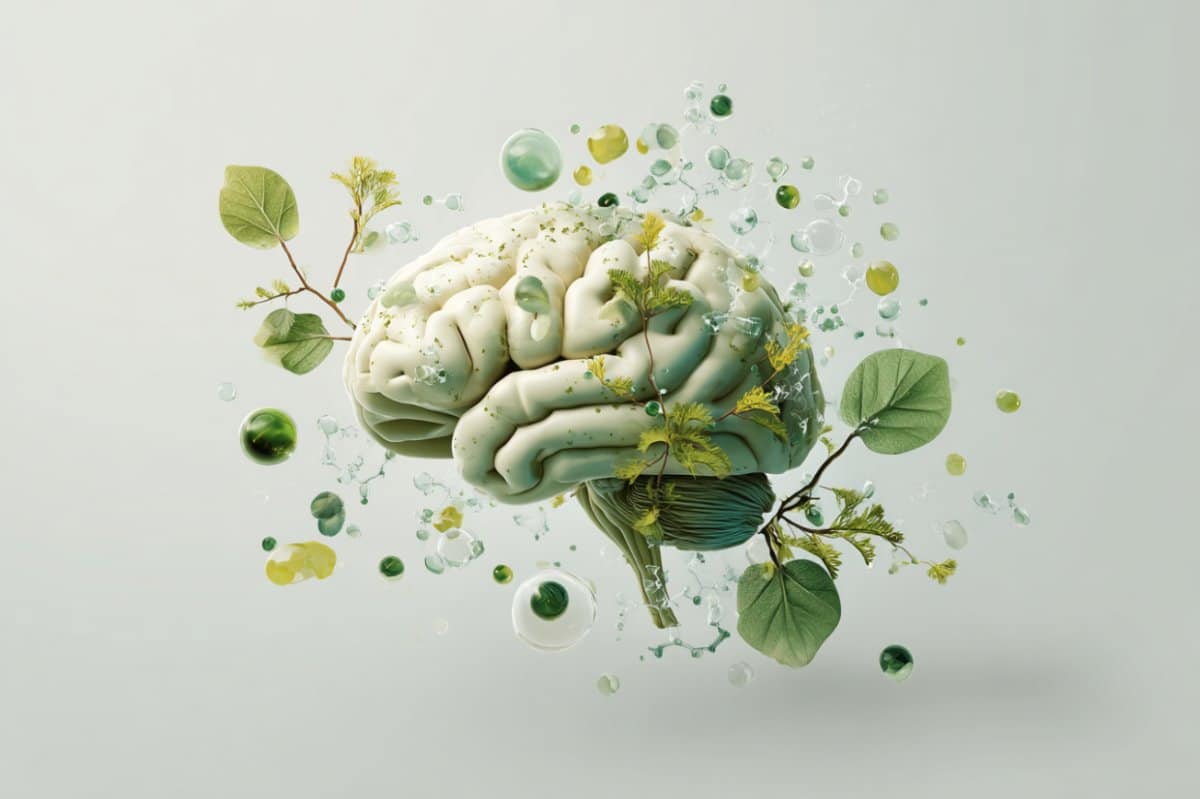
Supported by the Allen Institute’s OpenScope program, the findings could help us better understand neuropsychiatric disorders like schizophrenia and reshape our understanding of vision
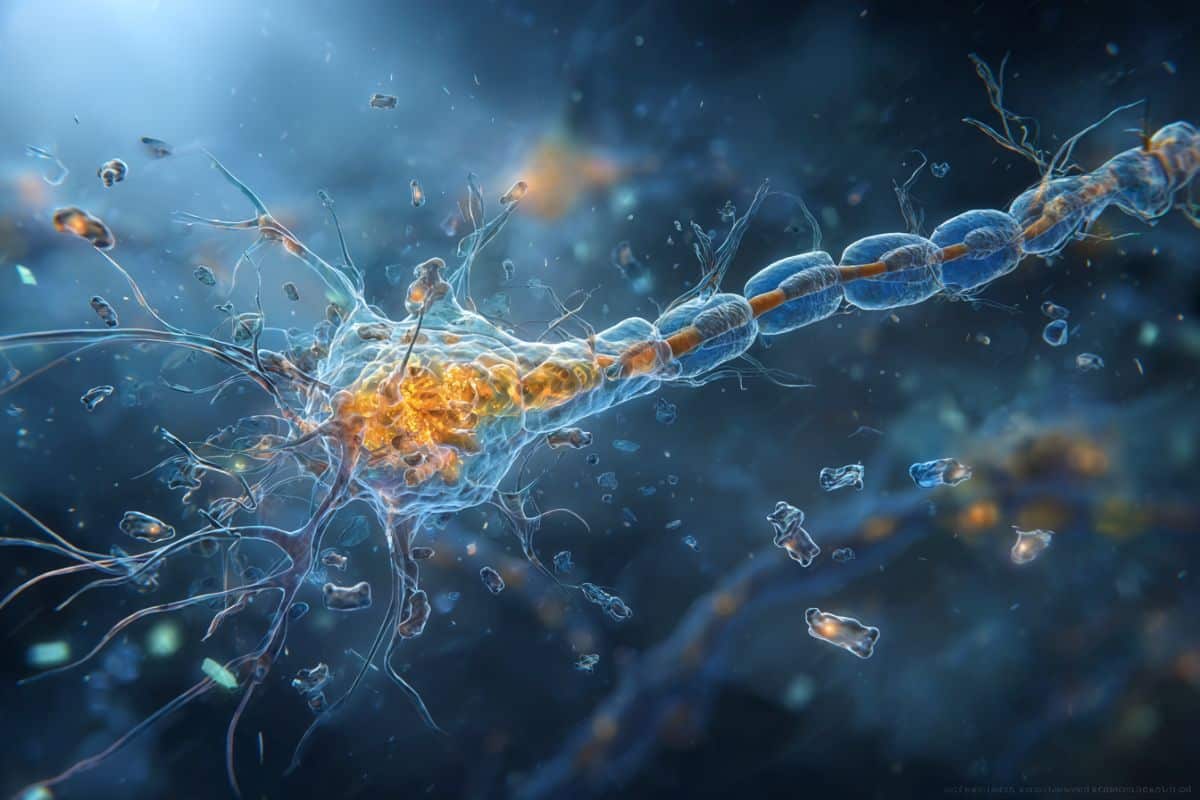
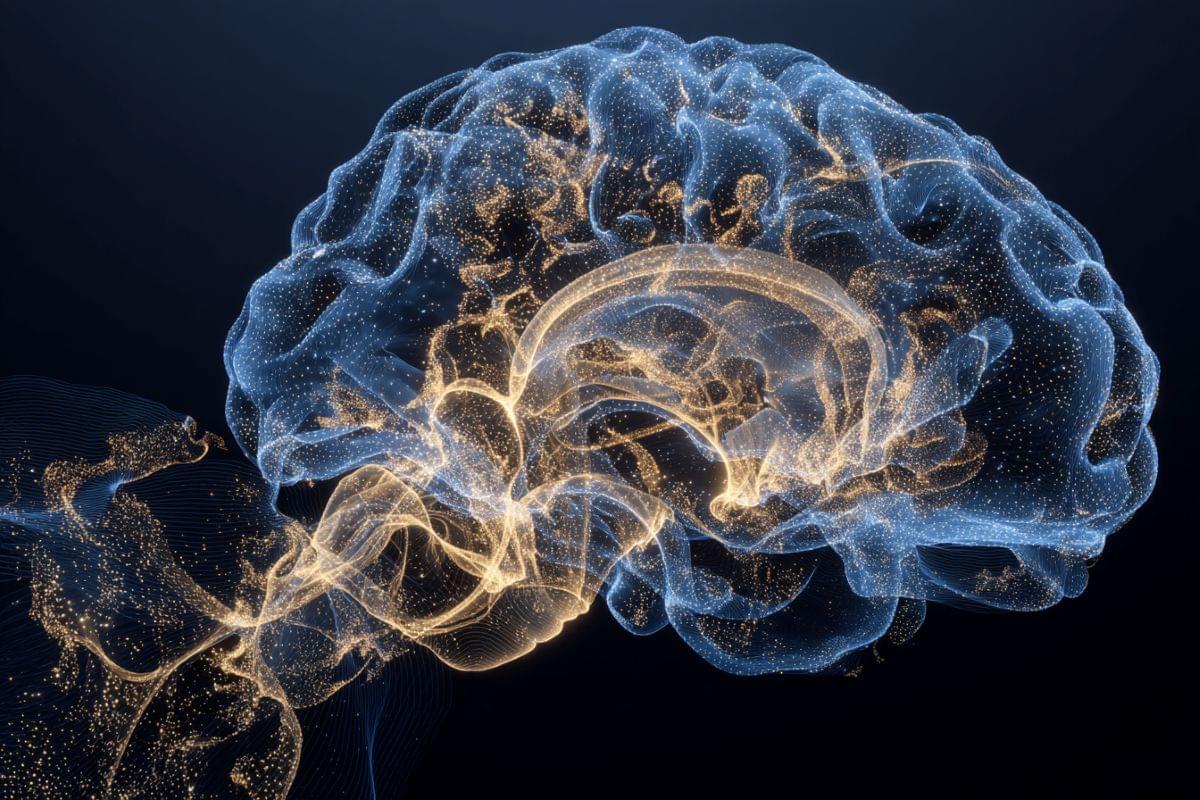
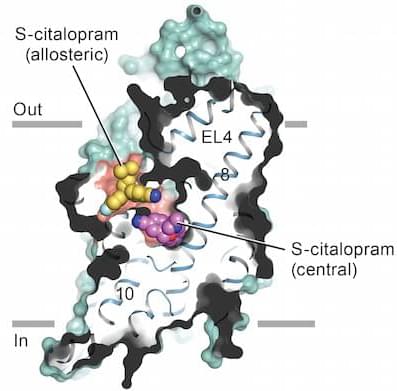
Researchers at Oregon Health and Sciences University’s Vollum Institute have revealed the molecular structure of the serotonin transporter (SERT), providing new insight into the mechanism of antidepressant action of two widely prescribed selective serotonin reuptake inhibitors (SSRIs) commonly used to treat depression. In their Nature paper, authors Jonathan Coleman, Evan Green, and Eric Gouaux describe their use of X-ray crystallography to capture images of human SERT structures. They collected data at the Beamline 5.0.2 in the Berkeley Center for Structural Biology and used the Phenix software suite to build models and refine the structures. The resulting structures show antidepressants citalopram and paroxetine lock SERT in an outward-open conformation, directly blocking serotonin binding.
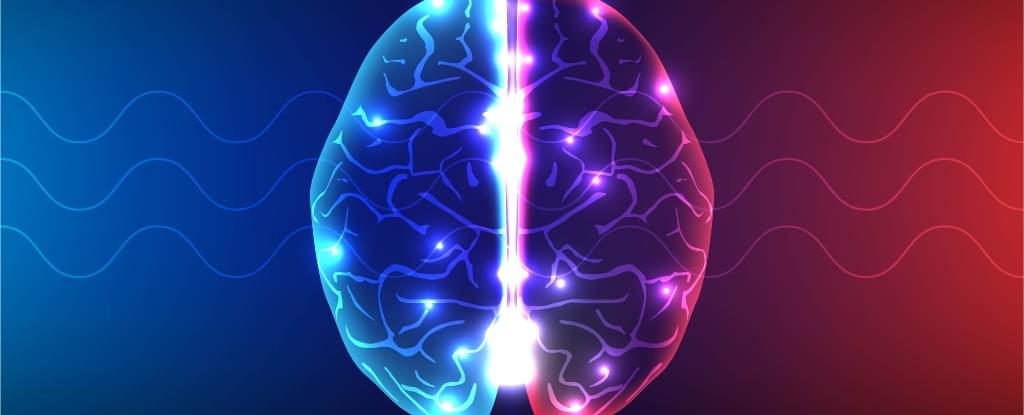
Deep-brain structures like the basal ganglia or the thalamus wield major influence on our behavior. If something goes awry, dysregulation in the deep brain may trigger neurological conditions like Parkinson’s disease or depression.
Despite the clear importance of these structures, our knowledge about them remains limited by their location, making them difficult to study and treat.
In a new study, researchers unveil a device that might offer an alternative to invasive procedures. Featuring a novel ultrasound helmet, it not only modulates deep-brain circuits without surgery, but reportedly can do so with unrivaled precision.

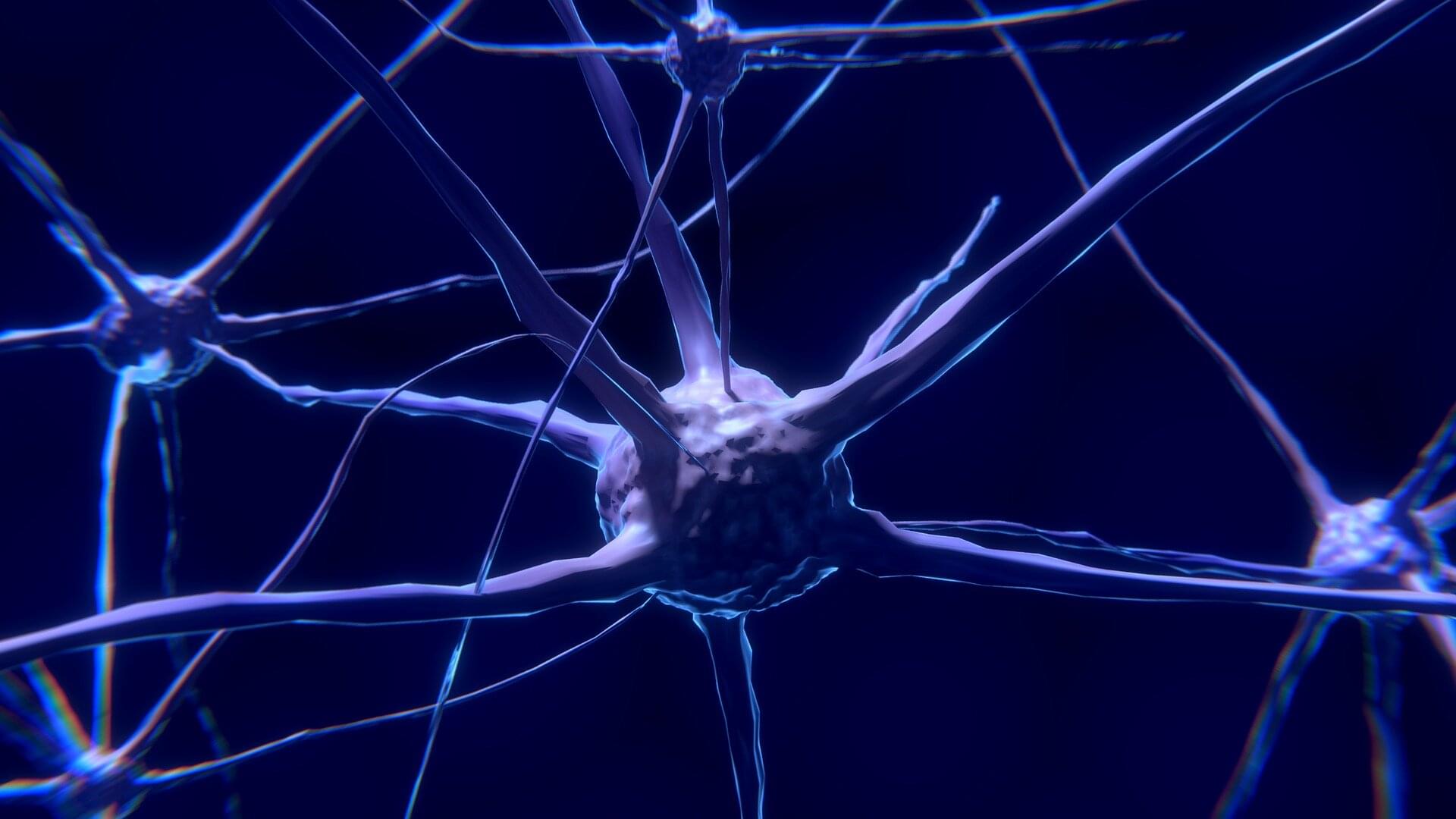
One fundamental feature of neurodegenerative diseases is a breakdown in communication. Even before brain cells die, the delicate machinery that keeps neurons in touch—by clearing away protein waste at the synapses—starts to fail.
When the cleanup falters, the connections between brain cells are impaired and the flow of signals responsible for reasoning, language, memory, and even basic bodily functions are progressively disrupted.
Now, a new study identifies a novel strategy for preventing unwanted proteins from clogging synapses and ultimately congealing into protein plaques.
